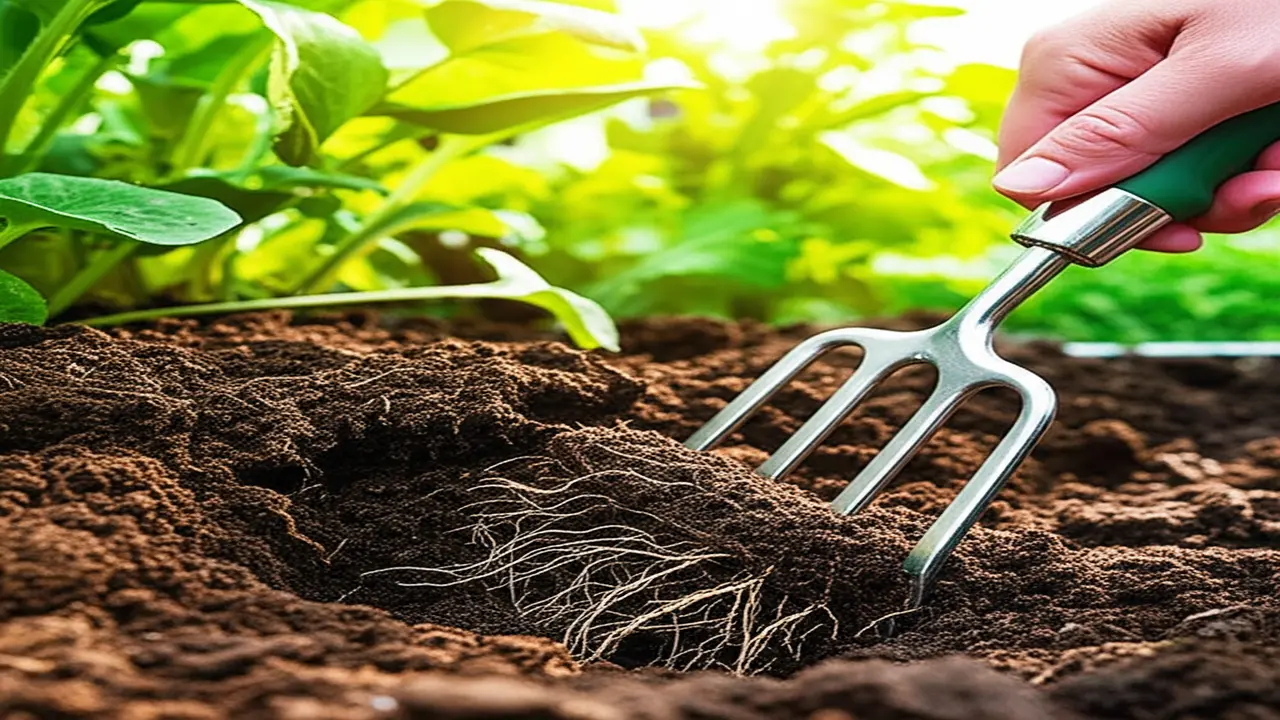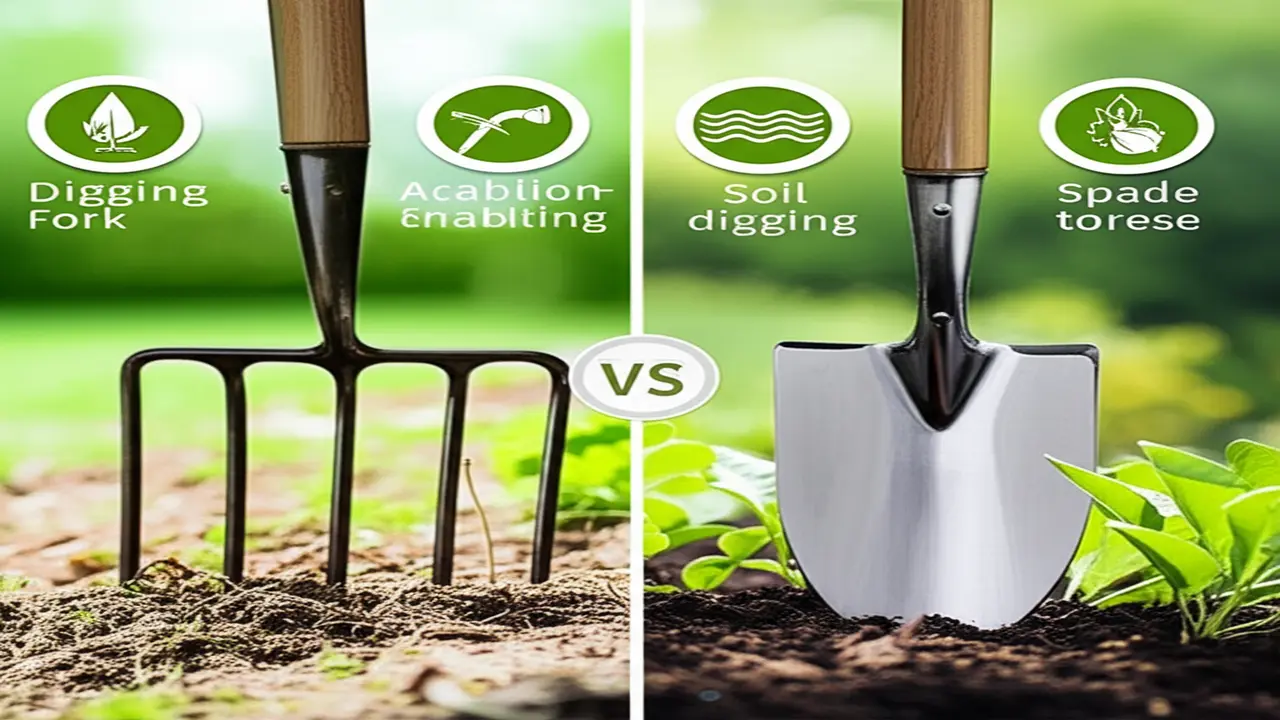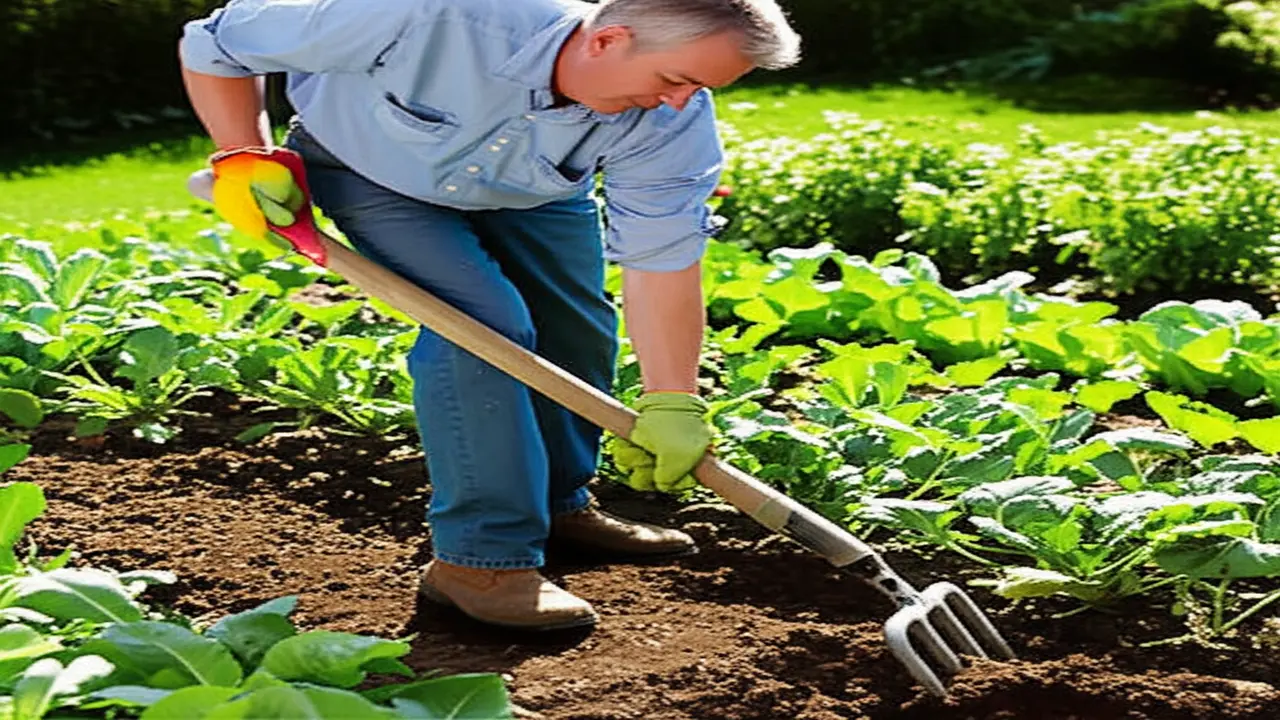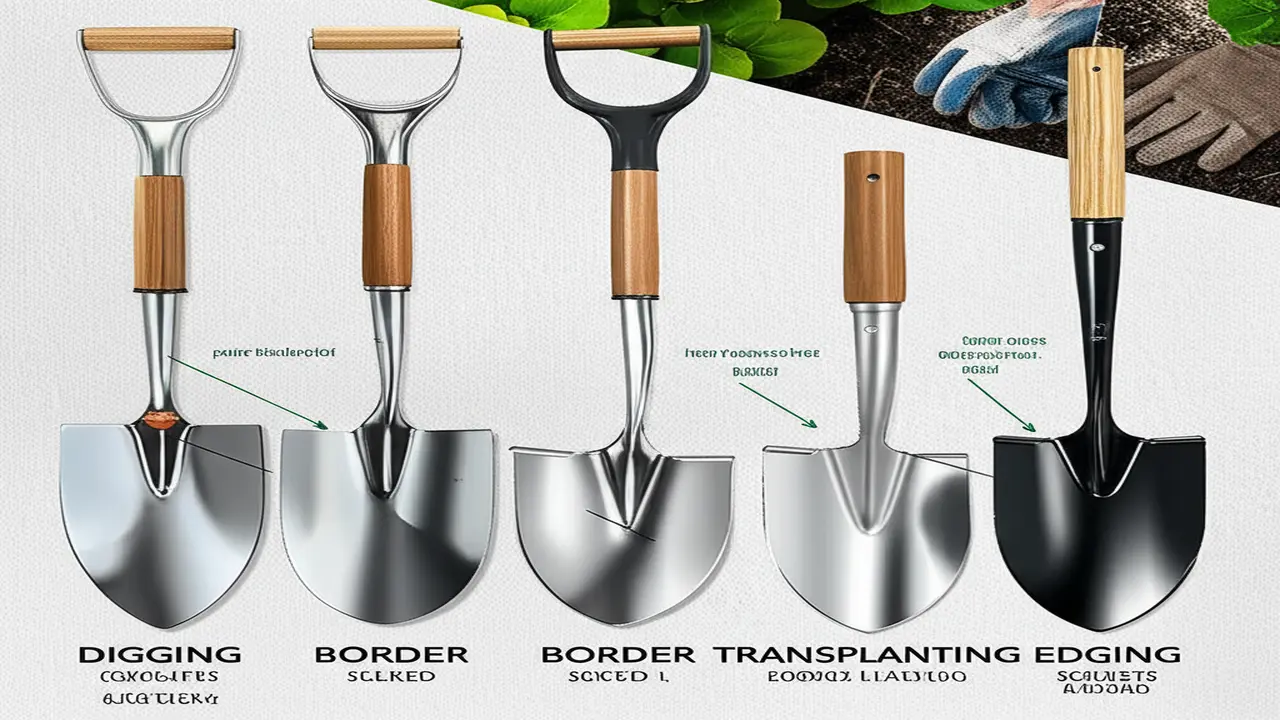Digging Fork Benefits: Unlocking Your Garden’s Full Potential in 2025
Gardening in 2025 continues to evolve with tools that combine efficiency, durability, and ergonomic design. Amidst the myriad of garden tools, the digging fork holds a pivotal role, often underrated but essential for gardeners aiming to cultivate rich, healthy soil and successfully grow their plants. Understanding the digging fork benefits could transform how you manage your garden’s soil health and crop yield.
I. Introduction: Your Garden’s Unsung Hero
A. What is a Digging Fork?
A digging fork is a multi-tined tool designed primarily for working the soil. Unlike a spade or shovel which typically features a flat or curved solid blade, a digging fork consists of several strong, sturdy tines designed to penetrate and lift the soil without excessive chopping or cutting action. This distinction makes digging forks uniquely suited for loosening compacted soil and managing root structures delicately.
B. Why is it Essential?
The core advantage of a digging fork lies in its ability to effectively work the soil with less effort while preserving soil structure. Gardeners often inquire why this tool is indispensable. Its utility emerges most when dealing with challenging soil conditions or delicate root crops where precision and care are paramount. Unlike other tools, the digging fork aerates and loosens dense soil layers without overly disrupting the ecosystem of beneficial microbes living within.
II. The Mechanics of Soil Interaction: How a Digging Fork Works Its Magic
A. Tine Penetration & Leverage
Thanks to its multiple tines, the digging fork penetrates hard soil more easily than a solid spade blade. Each tine acts as a point of leverage, allowing the gardener to pry and lift compacted earth smartly. This leverage reduces the physical strain usually associated with soil preparation.
B. Minimizing Soil Disturbance (The “No-Dig” Principle)
The tool’s design supports soil loosening and aeration without completely inverting the soil layers, which aligns with contemporary sustainable gardening practices often referred to as the “no-dig” principle. This method preserves the natural layering of soil, thereby protecting intrinsic microbial life and enhancing long-term soil fertility.
C. Ergonomics in Design
Modern digging forks are thoughtfully engineered with handles and tine lengths that lessen back strain and optimize force applied through the legs. These ergonomic benefits allow gardeners to work longer and more comfortably. For more ergonomic gardening solutions, explore our Ergonomic Garden Spades guide.
III. Core Benefits: Why the Digging Fork is Superior for Key Garden Tasks

A. Effortless Soil Aeration & Improved Drainage
By using a digging fork to create vertical channels in the soil, you improve both air and water movement. This is vital for root health and enhances the activity of soil microbes, which are crucial for nutrient cycling. Unlike rototillers which can disrupt soil biology, a digging fork provides gentle aeration that fosters a better growing environment.
B. Conquering Compacted & Heavy Clay Soils
Compacted soil is a common problem in many gardens, obstructing root growth and water penetration. The sturdy tines of a digging fork break apart dense soil clods efficiently, especially when using techniques like forking or double-digging with care. This functionality makes it a valuable tool when handling challenging clay soils.
C. Efficient & Gentle Weeding, Especially Deep-Rooted Varieties
Weeds such as dandelions or thistles often have deep roots that are difficult to remove without soil disruption. The levering action of a digging fork can lift these roots intact, minimizing soil disturbance and reducing regrowth. This is a calmer alternative to pulling or hoeing, which can scatter seeds and damage surrounding plants.
D. Safe & Easy Harvesting of Root Crops
Harvesting delicate root crops like potatoes, carrots, and parsnips without damage can be difficult. The digging fork loosens soil around these plants gently, preventing accidental slicing or bruising of the roots, unlike spades that can be too aggressive. This makes harvesting safer and easier, preserving crop quality for longer storage.
E. Seamless Incorporation of Organic Matter & Amendments
Incorporating compost, manure, or fertilizers evenly into garden beds is crucial for soil fertility. The digging fork’s tines mix organic matter into the soil without the risk of over-tilling, helping preserve soil structure and microbial communities, unlike power tools which may disrupt this balance.
F. Gentle Transplanting & Dividing Perennials
When transplanting or dividing perennials, minimizing root disturbance increases survival rates. The digging fork allows gardeners to lift plants with soil intact, reducing transplant shock and supporting a more successful garden establishment.
IV. Digging Fork vs. The Spade/Shovel: Why You Need Both (and When to Choose Which)

A. Design Differences: Tines vs. Solid Blade
While the digging fork has multiple tines designed to penetrate and loosen soil, the spade or shovel features a single solid blade ideal for cutting and lifting soil. Each tool has its distinct mechanical advantage depending on the gardening task.
B. When Digging Fork Excels: Key scenarios
The digging fork excels in loosening compacted soil, aerating without soil inversion, weeding deep-rooted plants, and harvesting root crops safely. It is especially useful when soil structure and integrity are priorities.
C. When Spade/Shovel Preferred
Spades and shovels are preferred for cutting through sod, edging garden beds, moving soil or compost, and heavy digging tasks that require cutting roots or lifting substantial amounts of soil efficiently.
D. Complementary Relationship in Toolkit
Maintaining both digging forks and spades in your garden toolkit ensures readiness for varied tasks that touch on soil preparation, planting, harvesting, and general maintenance. Each tool complements the other and enhances overall garden productivity.
V. Maximizing Your Digging Fork’s Potential: Tips from Experienced Gardeners

A. Choosing the Right Digging Fork
When selecting a digging fork, consider materials such as stainless steel or high-carbon steel for durability. Handle types can range from wooden to fiberglass; choose one suited to your strength and preference. Matching the tool to your soil type and personal ergonomics is vital to minimize effort and maximize effectiveness.
B. Proper Technique for Reduced Strain
Use your leg muscles and a rocking motion to drive the tines into the soil rather than relying solely on back strength. Maintain a straight back posture to reduce strain and fatigue, enabling longer and more productive gardening sessions.
C. Essential Maintenance & Care
Regular cleaning after use prevents soil caking and rust. Sharpen the tines when needed to maintain penetration efficiency, oil the metal parts to prevent corrosion, and store the fork in a dry place to extend its lifespan.
VI. Conclusion: Invest in Your Soil, Invest in a Digging Fork
Ultimately, the digging fork benefits lie in improved soil health, ease of garden labor, and multifunctionality. Investing in this tool is an investment in your garden’s sustainability and productivity. Whether you are reconditioning soils, planting, harvesting root crops, or caring for perennials, the digging fork offers unparalleled versatility and care for your garden.
For comprehensive gardening equipment advice, consider reviewing the full range of best garden spades and other essential tools that complement your digging fork.
Embrace the digging fork and unlock your garden’s full potential in 2025, ensuring a healthier, more productive growing season.
Frequently Asked Questions (FAQs)
Q1: Can a digging fork replace a spade?
A digging fork cannot completely replace a spade due to their differing designs and functions. While a digging fork excels in loosening soil and gentle tasks, a spade is better suited for cutting and moving soil. Both tools are necessary in a well-rounded garden toolkit.
Q2: Is a digging fork suitable for all types of soil?
Digging forks perform exceptionally well in compacted, heavy clay, and tough soils. In very sandy or loose soils, other tools may be more effective, but the fork still aids in aeration and organic matter incorporation.
Q3: How often should I maintain my digging fork?
After each use, clean the fork to remove soil. Sharpen tines every few months or as needed depending on use frequency, oil metal parts periodically, and store in a dry place to minimize rust.
Q4: Can digging forks help with pest management in the soil?
By disturbing the soil gently and preserving its structure, digging forks can reduce habitat for some soil pests while maintaining beneficial organisms. This balanced disruption can aid integrated pest management.
Q5: What is the best size for a digging fork?
Size depends on user height and strength. Generally, a digging fork with a handle length of around 36 inches (about 91 cm) suits most adults, providing good leverage without being cumbersome.
References and Further Reading
- Royal Horticultural Society. Digging tools and techniques.
- Garden Organic. Soil management and health.
- Gardenitemreviews.com. Ergonomic Garden Spades.

